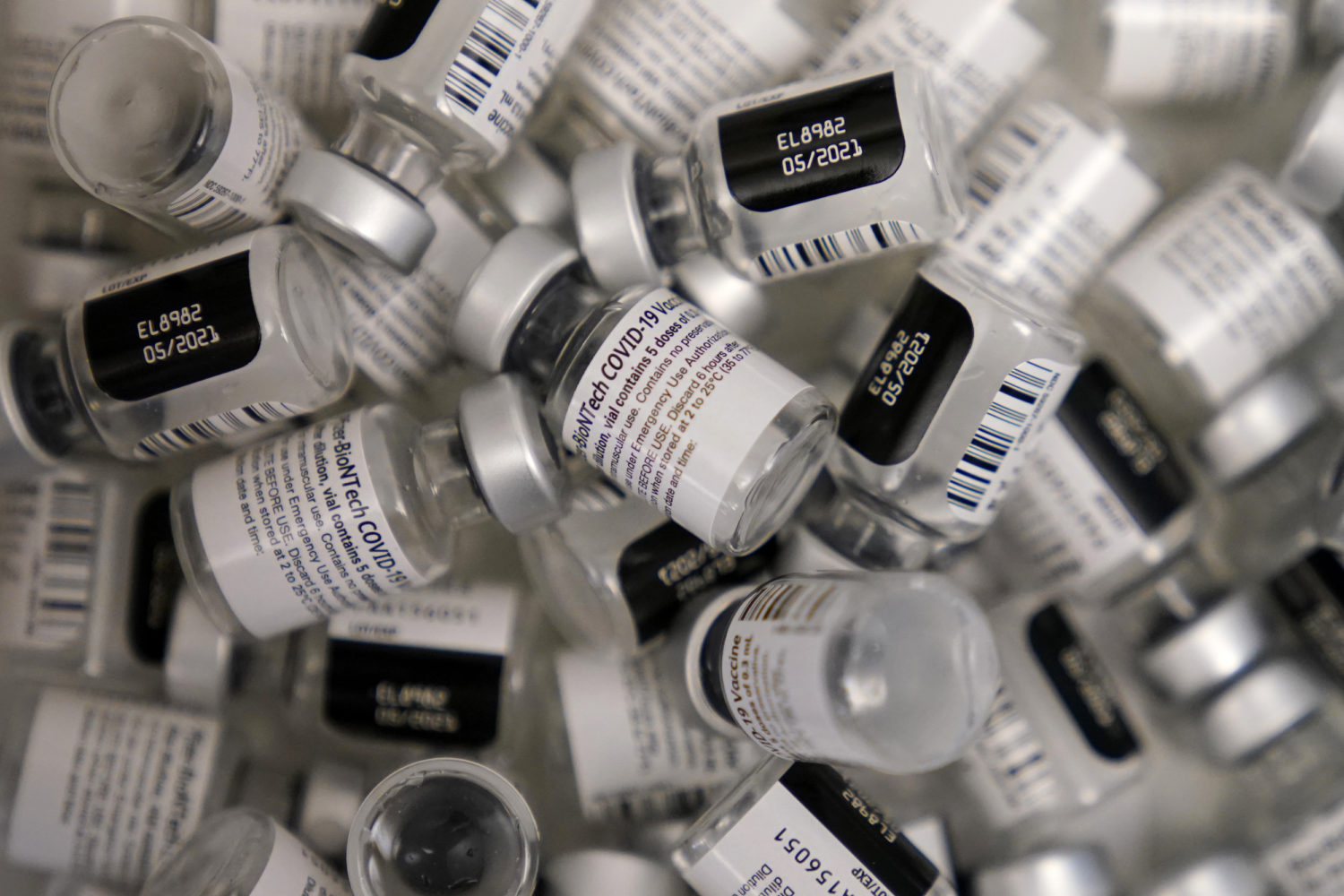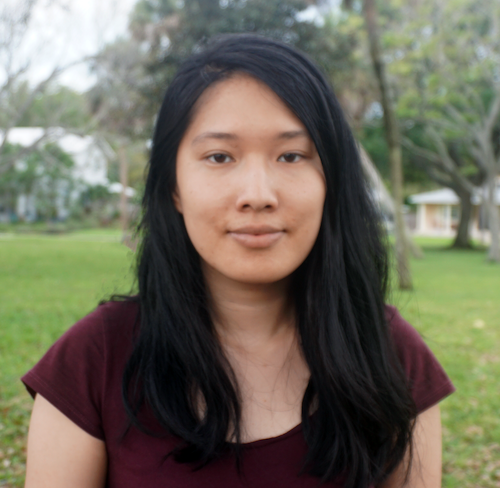As COVID-19 vaccines become increasingly available in the United States, some people remain hesitant.
Journalists need to give their audiences a complete picture of the vaccines’ development so they can make informed decisions when deciding whether to get the shot, Kaiser Family Foundation senior vice president Jennifer Kates and Houston KTRK/ABC13 anchor Chauncy Glover told Poynter senior faculty Joie Chen Thursday. The discussion was part of Poynter’s On Poynt series, which features interviews with journalists to get the story behind the latest headlines.
Nearly 30% of Americans have received at least one dose of a COVID-19 vaccine, and more than 15% are fully vaccinated, according to data from the Centers for Disease Control and Prevention. States are opening up vaccine eligibility, and President Joe Biden announced earlier this week that 90% of Americans will be eligible by April 19.
Many experts say the vaccines will play an important role in achieving herd immunity and curbing the pandemic. The good news, Kates said, is that the share of people who say they want to get vaccinated has increased since December.
“Still, there’s a persistent set of people who say they will only get vaccinated if it’s required or ‘definitely not,’” Kates said.
[the_ad id=”667826″]
Which groups are hesitant to get the vaccine and why?
The Kaiser Family Foundation, a nonprofit that provides information on health policy, has been tracking people’s attitudes towards the vaccine since December. They found that in March, 61% of people said they have already gotten the vaccine or wish to get it as soon as possible, 17% said they want to “wait and see,” 13% said they would receive it “only if required,” and 7% said “definitely not.”
The two groups that are most reluctant to get the vaccine are Republicans and white evangelical Christians, Kates said. She added that people in rural areas have also shown vaccine hesitancy.
“It seemed like the story for a while was that Black people in the United States may not want to get vaccinated — that’s not what we’re seeing,” Kates said. “Really, if you look at who is just not going to get vaccinated, it’s mostly Republicans and white evangelical Christians.”
Glover said he has noticed a similar shift. At first, his station reported stories about distrust of the vaccine within Black and brown communities. People expressed worries that the vaccine had been politicized or that the trials had not included a diverse group of participants. They also referenced past public health failures like the Tuskegee syphilis study, in which government researchers neglected to tell the participants they had the disease and later withheld treatment for it.
“There had to be a renewing of trust in just health care in general,” Glover said. “You had to address the trauma and the past history, and you had to address it with empathy.”
Now, it is Republicans and people in rural areas who are hesitant to get vaccinated. Glover found that the people who believe the pandemic is not real or is not that dangerous are the ones who are refusing to get the vaccine.
“These are the people that were still saying, ‘It’s a hoax. It’s not that bad.’ So now they’re saying, ‘Hey, it’s not that bad. I don’t need to get this vaccine,’” Glover said.
Among all groups reporting vaccine hesitancy, the most common concern is that the vaccines are too new and that there isn’t enough information out there about possible long-term effects, according to the KFF study.
“That’s actually good news because that says to me, you can influence that group. This is a learnable thing,” Kates said. “But it does show that there’s effort that needs to be put in to do that.”
[the_ad id=”667872″]
What can journalists do?
The responsibility of journalists is not necessarily to encourage people to get the vaccine, but to give them the data and context they need to make an informed decision, Glover said. That includes interviewing experts of color and not shying away from negative information.
“I think we have to understand that we are servants of the community. It is our job to make sure that people are informed with timely and accurate and correct information, so they can make their own decision,” Glover said. “We have to be careful in making sure we tell the story in its totality. We just can’t say experts say it’s safe. We have to say why experts say it’s safe. What goes into a trial? How does it become approved?”
Communities may turn to local reporters as a trusted expert source, Glover said. Journalists can use that trust to keep people informed.
At the beginning of the pandemic, Glover, who is Black, caught COVID-19. At first, he wasn’t sure whether to make his diagnosis public, but after seeing social media posts claiming that Black people couldn’t be infected with the disease, he decided to share his story.
“I started to get tons of messages saying, ‘Hey, thank you for sharing your story because now I see this Black man on the news, who I watch every day and who I see in the community before all this even began, and he’s telling me his story about catching COVID,’” Glover said.
Each passing day brings new information about the vaccines and COVID-19. Reporters and editors need to take care in how they frame updates and make sure they contextualize everything they report on, Kates said.
“The ability to kind of move quickly and get (vaccines) out there means that there’s going to be some information coming out. That may add to the story, but it also could cause pause,” Kates said. “I always come down on the side of sharing the information, I think it’s important to do it and trust that people want the information.”
Both Kates and Glover agree that the next major story will likely be vaccinations for kids and teenagers. Vaccine trials for children have already started, and Pfizer announced today that its vaccine showed 100% efficacy among children ages 12 to 15.
“Parents are now asking, ‘Hey, as we’re in spring and as we look forward to fall of the next year, or as I’m about to send a college student off to college, what do I have to do and how can I prepare my children to make sure they’re going to be safe?’” Glover said. “This is a story that keeps on giving … it is going to continue and continue to unfold.”
[the_ad id=”667878″]







